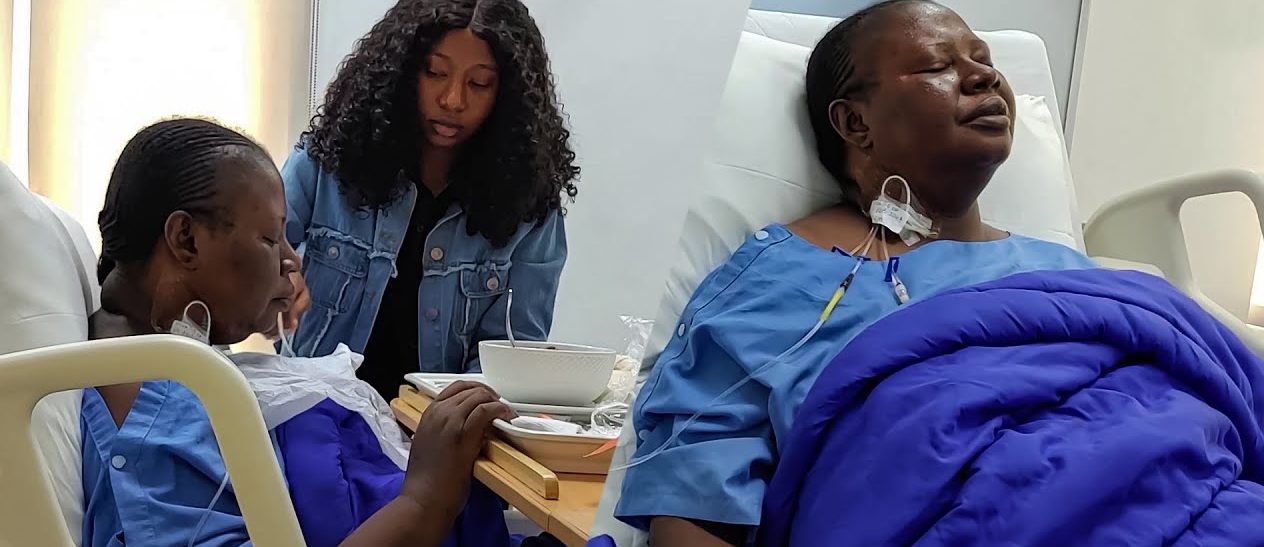Hepatitis B is the most common serious liver infection in the world. Worldwide, about 350 million people are chronic carriers of HBV, of whom, more than 620,000 die from liver-related disease each year.
In the United States, hepatitis B is largely a disease of young adults aged 20-50 years. About 800,000 to 1.4 million Americans are chronic hepatitis B virus carriers, and the disease causes about 3,000 deaths each year.
Hepatitis B Overview
Hepatitis B is an infectious hepatitis caused by the hepatitis B virus (HBV). This infection has two possible phases; 1) acute and 2) chronic.
Acute hepatitis B refers to newly acquired infections. Affected individuals notice symptoms approximately 1 to 4 months after exposure to the virus. In most people with acute hepatitis, symptoms resolve over weeks to months and they are cured of the infection. However, a small number of people develop a very severe, life-threatening form of acute hepatitis called fulminant hepatitis.
Chronic hepatitis B is an infection with HBV that lasts longer than 6 months. Once the infection becomes chronic, it may never go away completely.
Approximately 90% to 95% of infected adults are able to fight off the virus so their infection is cured. Only about 5% to 10% of adults infected with HBV go on to develop chronic infection. Children are at much higher risk for chronic infection. Up to 90% of infected young children will fail to clear the virus from their bodies and go on to develop chronic infection.
About two-thirds of people with chronic infection are chronic carriers. These people do not develop symptoms, even though they harbour the virus and can transmit it to other people. The remaining one third develop “active” hepatitis, a disease of the liver that can be very serious.
■The liver is an important organ that filters toxins out of the blood, stores energy for later use, helps with digestion, and makes substances that fight infections and control bleeding.
■The liver has an incredible ability to heal itself, but long-term inflammation caused by this can result in permanent damage.
■Scarring of the liver is called cirrhosis, a condition traditionally associated with alcoholism but one that is also caused by chronic active hepatitis B infection. When this occurs, the liver can no longer carry out its normal functions and may fail completely. The only treatment for liver failure is liver transplant.
■Chronic hepatitis B also can lead to a type of liver cancer known as hepatocellular carcinoma.
■Any of these conditions can be fatal. About 15% to 25% percent of people with chronic hepatitis B die of liver disease.
Hepatitis B Transmission and Causes
The hepatitis B virus is known as a blood-borne virus because it is transmitted from one person to another via blood or fluids contaminated with blood. Another important route of transmission is from an infected mother to a newborn child, which occurs during or shortly after birth.
■Direct contact with blood may occur through the use of dirty needles during illicit drug use, inadvertent needle sticks experienced by healthcare workers, or contact with blood through other means. Semen, which contain small amounts of blood, and saliva that is contaminated with blood also carry the virus.
■The virus may be transmitted when these fluids come in contact with broken skin or a mucous membrane (in the mouth, genital organs, or rectum) of an uninfected person.
People who are at an increased risk of being infected with the hepatitis B virus include the following:
■Men or women who have multiple sex partners, especially if they don’t use a condom.
■Men who have sex with men
■Men or women who have sex with a person infected with hepatitis B virus.
■People with other sexually transmitted diseases.
■People who inject drugs with shared needles.
■People who receive transfusions of blood or blood products.
■People who undergo dialysis for kidney disease.
■Institutionalized mentally handicapped people and their attendants, caregivers, and family members.
■Health care workers who are stuck with needles or other sharp instruments contaminated with infected blood.
■Infants born to infected mothers
In some cases, the source of transmission is never known.
Hepatitis B Symptoms
Half of all people infected with the hepatitis B virus have no symptoms and may never realize that they have been infected. Adults are more likely to develop symptoms than children. For those who do get sick, symptoms usually develop within 1 to 4 months after exposure to the virus. The initial symptoms are often similar to the flu.
Common symptoms of hepatitis B include:
■Appetite loss
■Feeling tired (fatigue)
■Nausea and vomiting
■Itching all over the body
■Pain over the location of the liver (on the right side of the abdomen, under the lower rib cage)
■Jaundice (a condition in which the skin and the whites of the eyes turn yellow in colour)
■Dark urine (the colour of cola or tea)
■Pale-colored stools (grayish or clay coloured)
Many types of acute viral hepatitis such as hepatitis A andhepatitis C have symptoms that are indistinguishable from hepatitis B.
Fulminate hepatitis is a severe form of acute hepatitis that can be life-threatening if not treated right away. Fortunately, fulminate hepatitis is rare. The symptoms of fulminate hepatitis develop very suddenly and may include:
■Mental disturbances such as confusion, lethargy, extreme sleepiness or hallucinations (hepatic encephalopathy).
■Sudden collapse with fatigue
■Jaundice
■Swelling of the abdomen
Symptoms of liver damage may include the following:
■Fluid retention causing swelling of the belly (ascites) and sometimes the legs.
■Weight gain due to ascites
■Persistent jaundice
■Loss of appetite, weight loss, wasting
■Vomiting with blood.
■Bleeding from the nose, mouth, or rectum; or blood in the stool.
■Hepatic encephalopathy (excessive sleepiness, mental confusion, and in advanced stages, development of coma).
When to Seek Medical Care
Call your health care professional if you have any of the following:
■Nausea and vomiting that does not go away in 1-2 days
■The inability to keep down liquids
■A high fever or fever that persists more than two days.
■Yellow skin or eyes
■Dark-colored urine (like tea or cola)
■Pain in the abdomen.
For severe symptoms including confusion or delirium go to a hospital emergency department.
You should also contact your health care practitioner if you think you may have been exposed to the hepatitis B virus.
If you have chronic hepatitis B infection and think you might be pregnant; or if you are pregnant and think you have been exposed to hepatitis B, inform health care practitioner right away.
Hepatitis B Treatment
If very severe, symptoms such as vomiting or diarrhea are present, the affected person may require treatment to restore fluids and electrolytes. There are no medications that can prevent acute hepatitis B from becoming chronic.
Self-Care at Home
The goals of self-care are to relieve symptoms and prevent worsening of the disease.
■Drink plenty of fluids to prevent dehydration. Although, broth, sports drinks, gelatin, frozen ice treats and fruit juices may be better because they also provide calories.
■Ask your physician before taking any medications, even those that are over-the-counter. Some medications depend on the liver, and liver damage may impair the body’s ability to metabolize these drugs. If you are on prescription medications, check with your physician to see if the doses should be adjusted or if the medication should be temporarily discontinued.
■Avoid drinking alcohol until your health care practitioner allows it. Individuals with chronic HBV should avoid alcohol for the rest of their lives.
■Try to eat a diet that provides adequate nutrition. Take it easy. It may take some time for your energy level to return to normal.
■Avoid prolonged, vigorous exercise until symptoms start to improve.
■Call your health care practitioner for advice if your condition worsens or new symptoms appear.
■Avoid any activity that may spread the infection to other people (sexual intercourse, sharing needles, etc).



















